Culturally, roses have played significant roles across various societies. They were sacred to Aphrodite, the Greek goddess of love, and have been prominently featured in countless pieces of literature and art. Economically, roses are a major commercial crop, with the global trade of cut roses and rose plants being a significant part of the horticultural industry. Moreover, rose petals and rose hips (the fruit of the rose plant) have been used in traditional medicine. Rose hips, rich in vitamin C, are used in teas, jams, and skincare products.
Rose oil, extracted from rose petals, is a highly valued ingredient in perfumes and cosmetics. It takes about 2,000 roses to produce just one gram of rose oil. Growing roses requires specific conditions for optimal growth. They need well-drained soil, adequate sunlight, and regular pruning to maintain their health and promote blooming. Some rose plants are known for their longevity; the oldest living rose, believed to be over a thousand years old, grows on the wall of the Hildesheim Cathedral in Germany.
Historically, roses have been used as symbols in political and social movements. The Wars of the Roses in England were fought between the House of Lancaster (symbolized by a red rose) and the House of York (symbolized by a white rose). Many cultures celebrate roses with festivals and events, such as the Tournament of Roses Parade in Pasadena, California, which features elaborate floats decorated with roses and other flowers. Botanically, roses belong to the Rosaceae family, which also includes apples, strawberries, and pears, highlighting their economic and ecological importance.
Roses have a fascinating and rich history that extends beyond their beauty and symbolism. One particularly intriguing fact is that roses have been used in ancient alchemy and herbal medicine. Alchemists in medieval times believed that roses had mystical properties and could be used to create elixirs of immortality. They also featured prominently in medieval gardens for both their aesthetic appeal and their purported healing properties.
The fragrance of roses is not only delightful but also complex. Each variety of rose has its unique scent profile, which can include hints of spices, fruit, or even tea. Some roses have over 300 distinct chemical compounds contributing to their aroma. This complexity makes rose oil one of the most challenging and sought-after essential oils in perfumery.
Roses also have a fascinating role in culinary traditions. Rose water, made by steeping rose petals in water, is a staple in Middle Eastern, Indian, and Persian cuisine. It is used to flavor sweets like Turkish delight, baklava, and various pastries. Additionally, rose petals and rose hips are often used in teas and jams, providing a subtle floral note that is both unique and delicious.
One of the most captivating rose stories is the discovery of the “peace rose.” This famous hybrid tea rose was developed by French horticulturist Francis Meilland in the 1930s. As World War II loomed, Meilland sent cuttings of this rose to friends in different countries to preserve it. The rose was eventually named “Peace” to commemorate the end of the war, symbolizing hope and resilience. It became one of the best-selling roses of all time.
Roses also feature prominently in literature and mythology. In Greek mythology, the rose was created by the goddess Aphrodite from her tears and the blood of her lover Adonis. In Roman mythology, it is said that the rose grew from the blood of Venus, the goddess of love. In literature, roses have been immortalized by poets and writers, from Shakespeare’s famous line “A rose by any other name would smell as sweet” in Romeo and Juliet to Robert Burns’ poem “A Red, Red Rose,” which expresses deep romantic affection.
One of the rarest roses in the world is the blue rose. Blue roses do not occur naturally due to the lack of a specific pigment called delphinidin. However, through genetic engineering, scientists have managed to create roses that appear blue under certain conditions, though they are more accurately described as a shade of purple. These blue roses symbolize mystery and the unattainable, captivating the imagination of gardeners and flower enthusiasts alike.
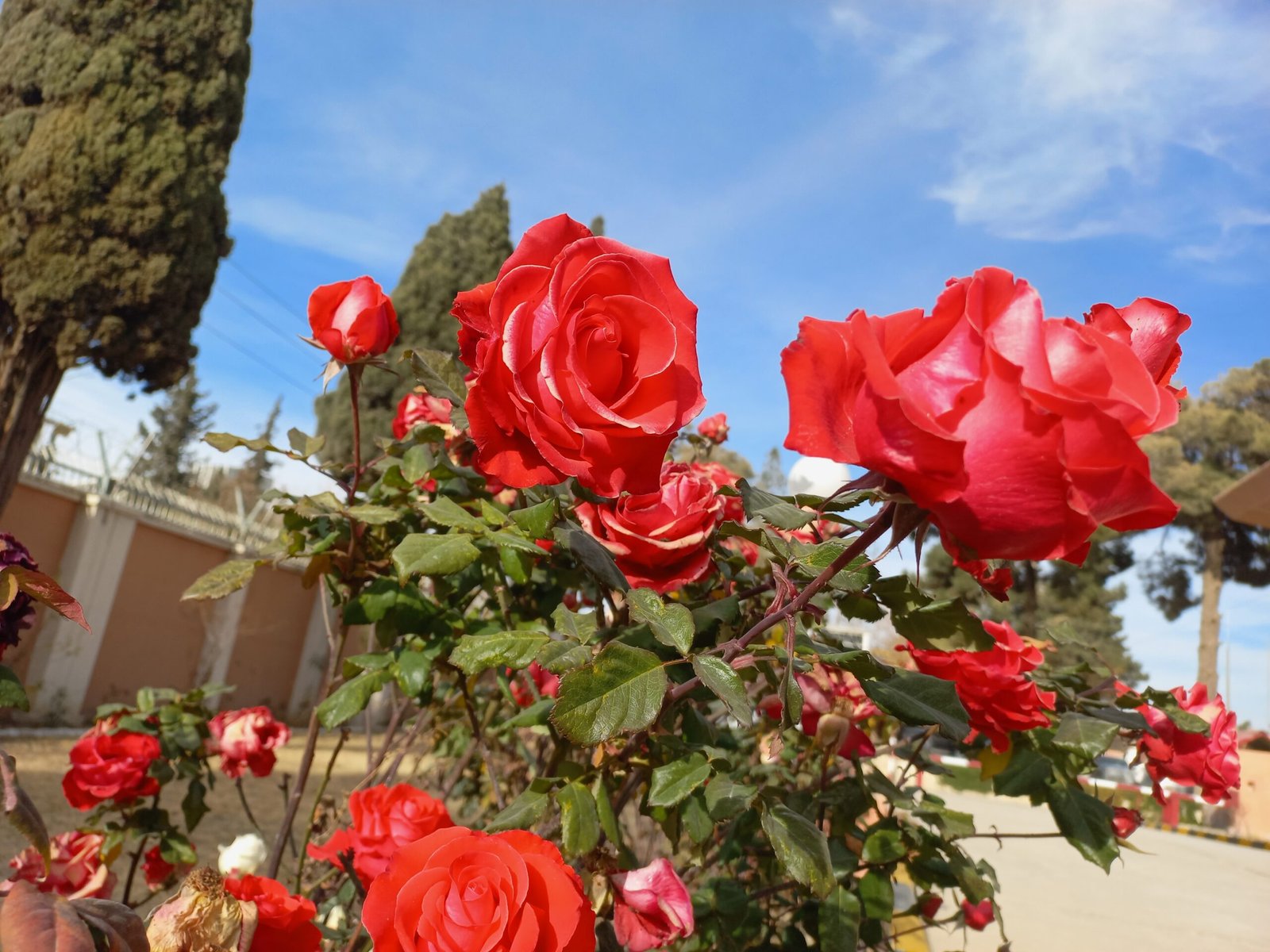
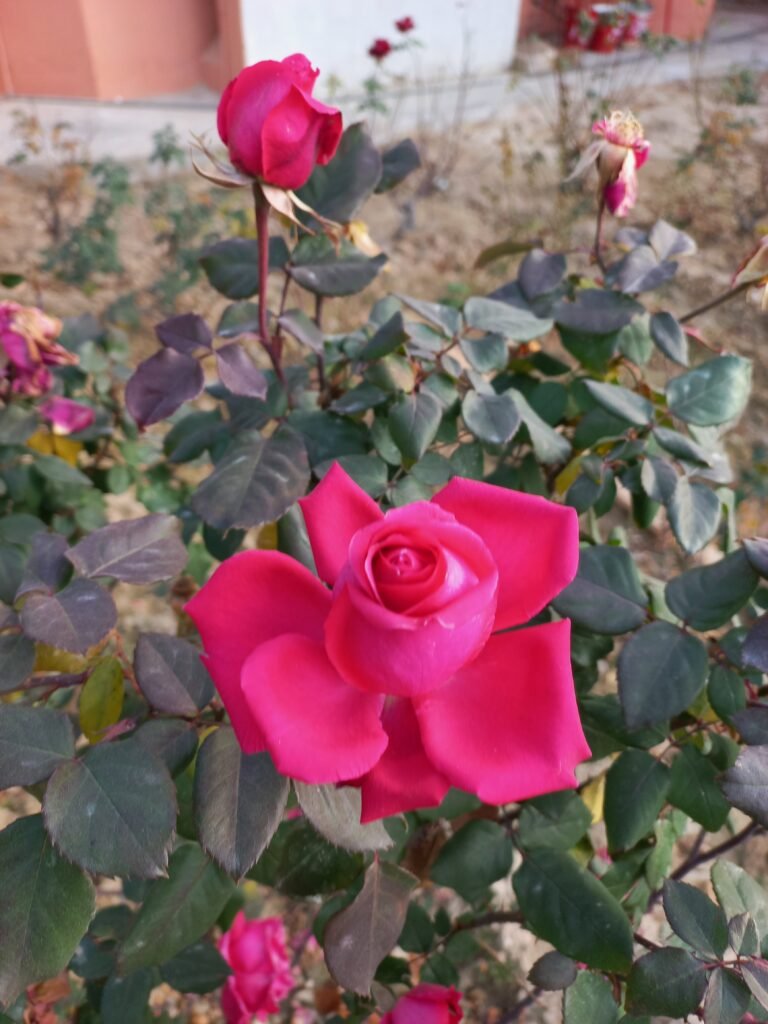
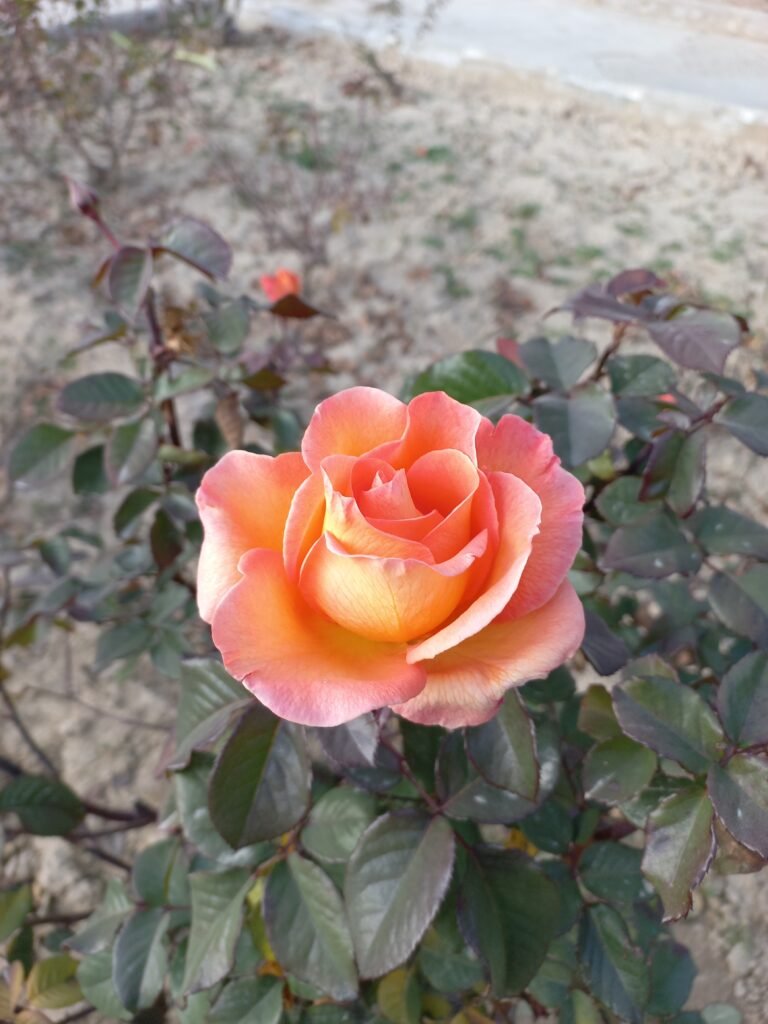
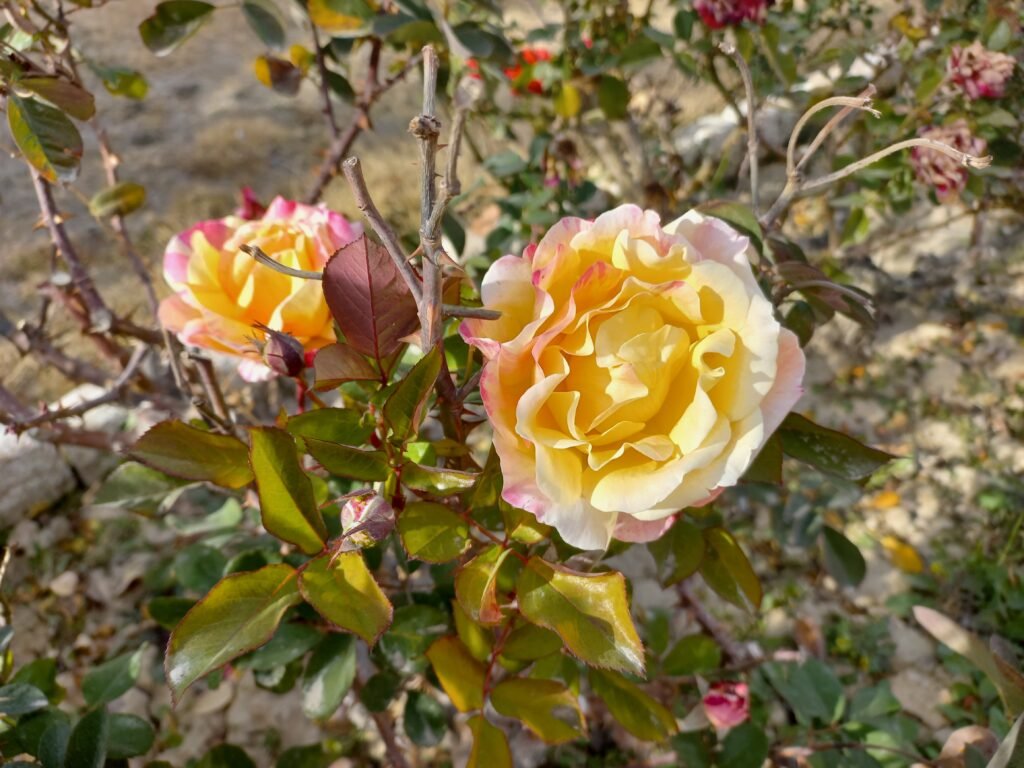
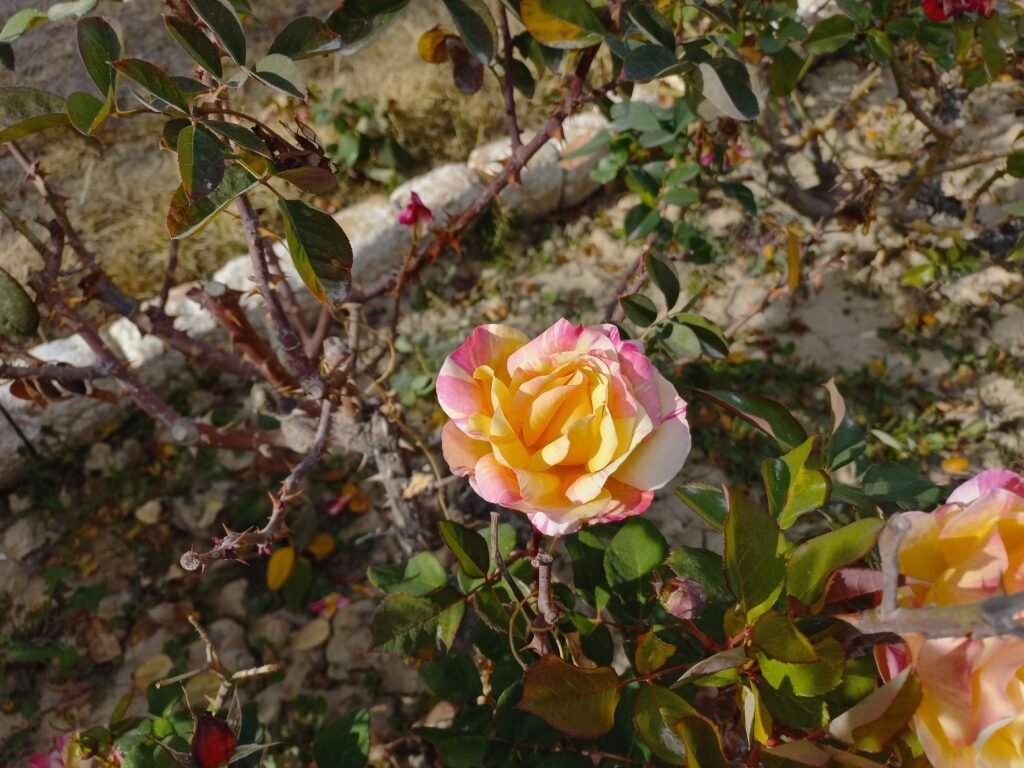
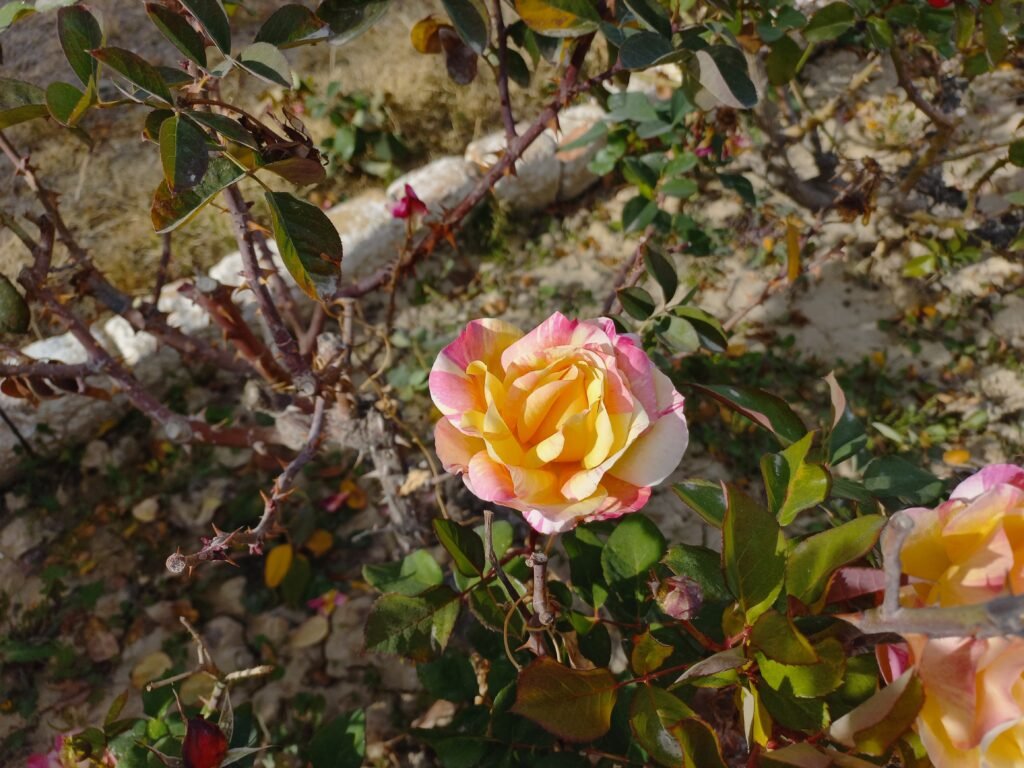
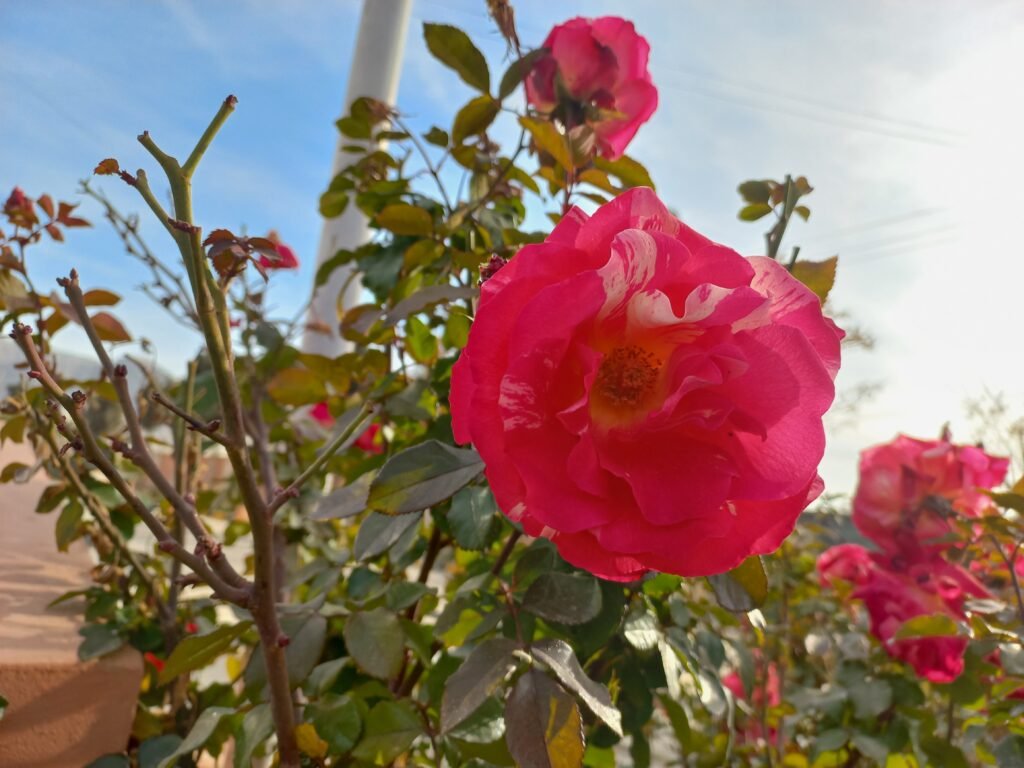
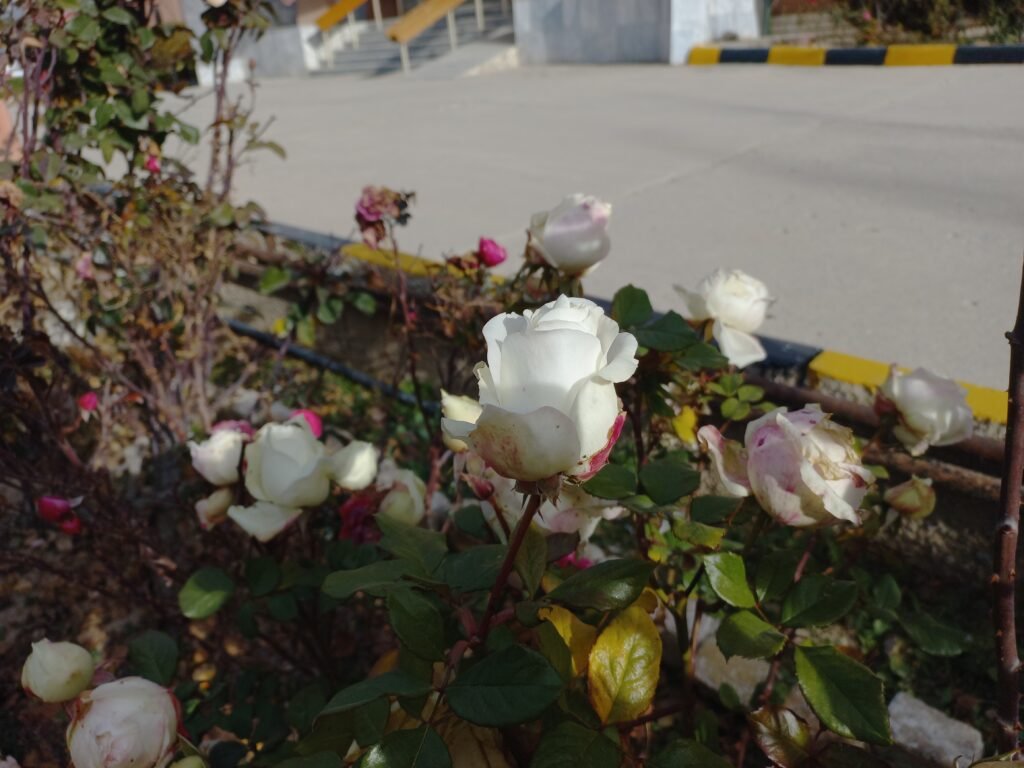
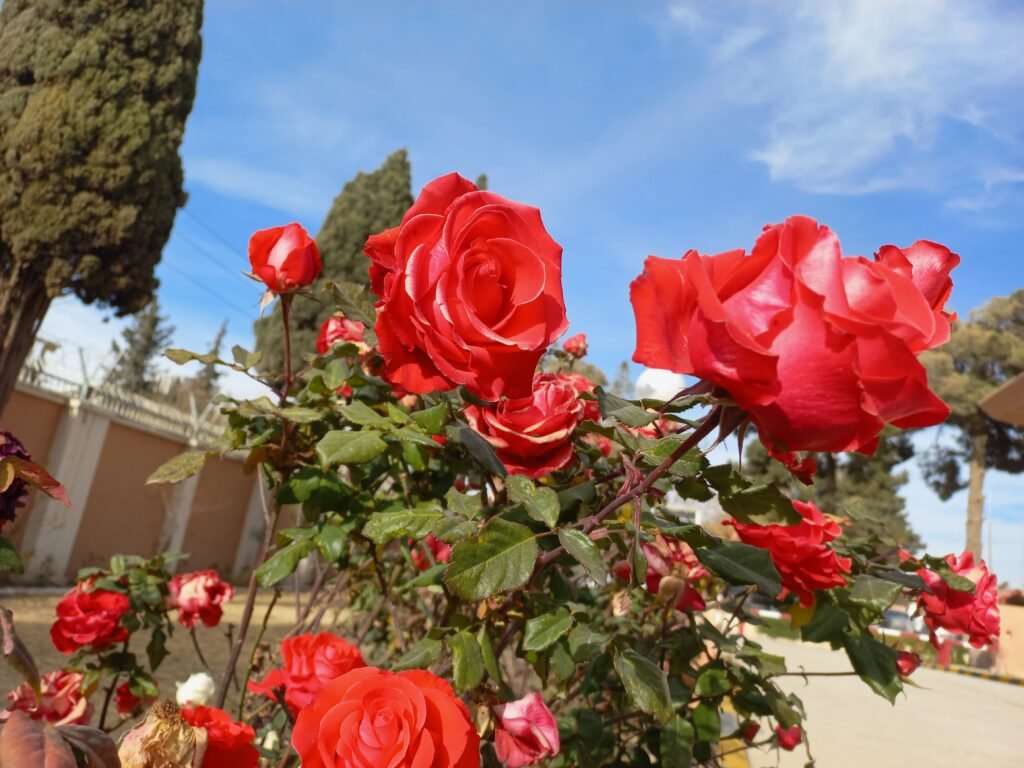

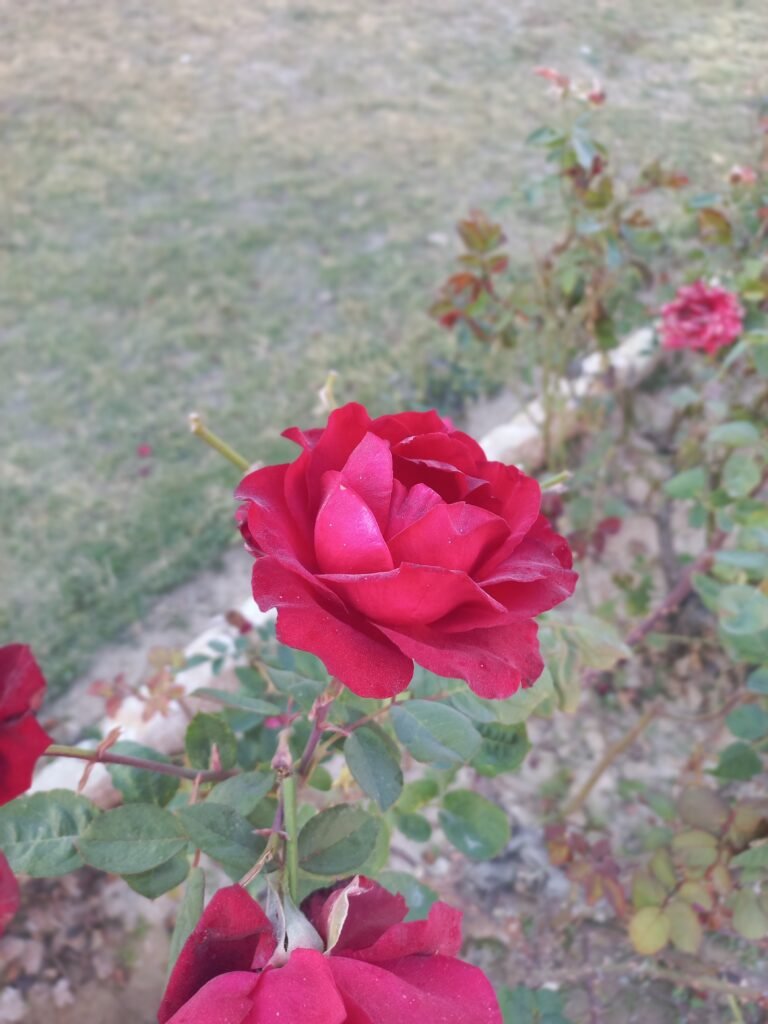
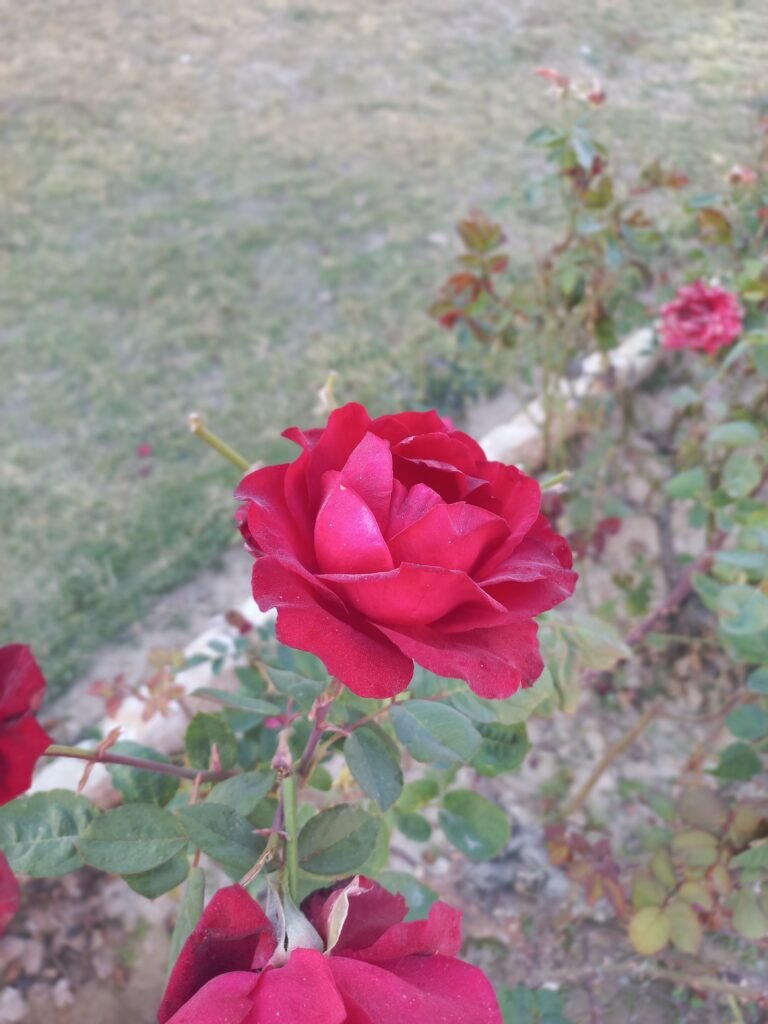
Beautiful!
Thanks
The roses are so beautiful! I love learning about their history.
Thanks for the appreciations.